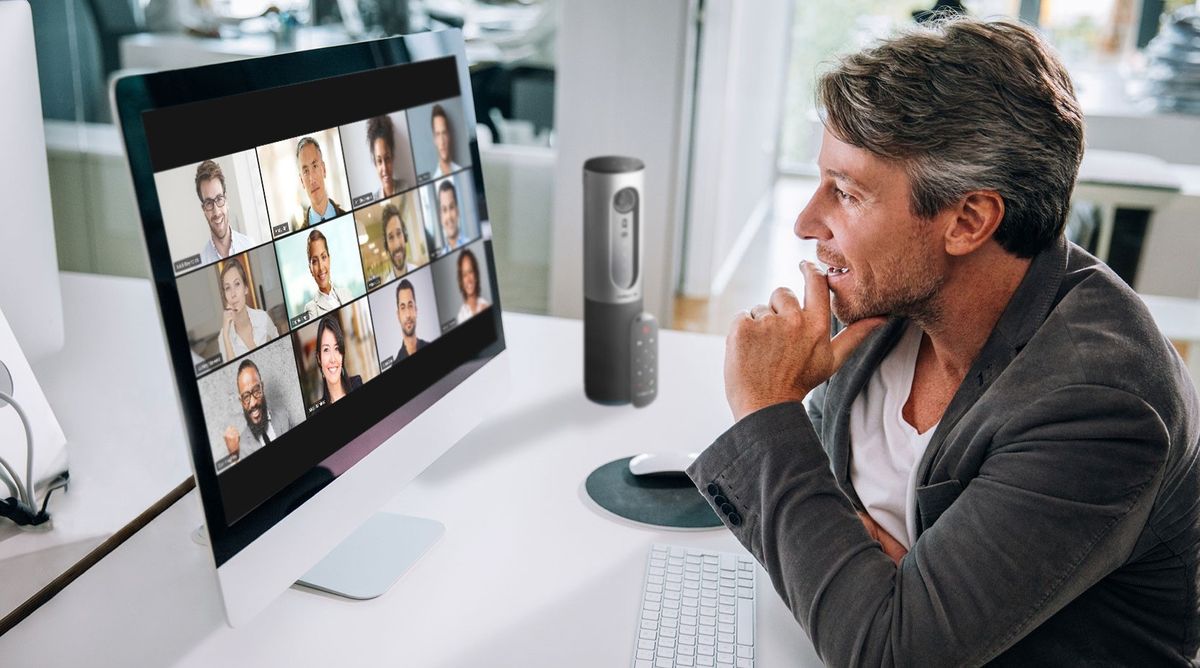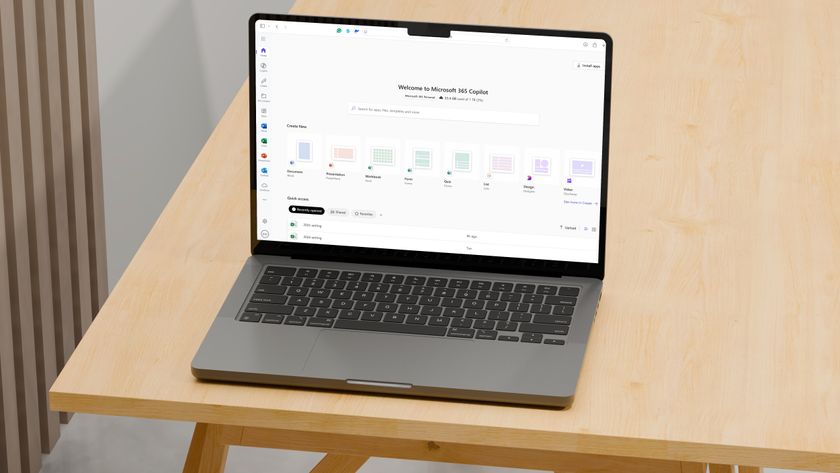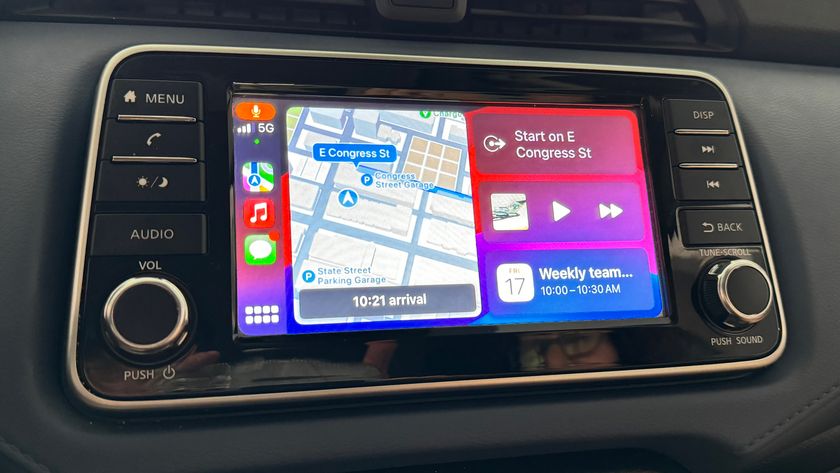Zoom is set to eliminate one of the worst aspects of video conferencing
Live captions should stop you losing the thread of conversation in your next Zoom meeting

Zoom has unveiled a new feature that should make video conferencing more accessible, while reducing the likelihood of miscommunication.
Courtesy of a collaboration with speech-to-text platform Otter.ai, Zoom meetings will now offer a live caption feature. With the option enabled, the presenter’s words will appear on-screen in near real-time (at a delay of roughly two seconds).
The feature is designed primarily to allow users with hearing impairments to follow the thread of conversation with greater ease. However, it could also prove a boon for non-fluent English speakers that require a little extra help, as well as anyone that suffers audio drop-out as a result of a poor connection.
- Here's our list of the best collaboration tools right now
- Working from home: the mouse, monitor, keyboard and router you need
- We've built a list of the best business webcams available
If the standalone Otter.ai service is anything to go by, the Zoom live captions feature - available under Pro and Business plans - is likely to be quick and highly accurate.
The main caveat, however, is that the service only currently supports the English language, which somewhat limits the scope of the new feature.
Zoom live captions
The new Zoom live captions option builds upon an existing integration with Otter.ai, announced in May, that allows users to generate a full transcription of their meetings.
These transcriptions are created in real-time and can be browsed, highlighted and annotated on the go - and also allow late joiners to catch up on anything they’ve missed.
Are you a pro? Subscribe to our newsletter
Sign up to the TechRadar Pro newsletter to get all the top news, opinion, features and guidance your business needs to succeed!
“At a time when most meetings, events, and classes are going virtual, remote workers and students increasingly struggle to listen and pay attention while taking notes,” wrote Sam Liang, Otter.ai founder and CEO.
“Now more than ever, businesses and schools need tools that can capture information accurately and make it accessible immediately.”
Off the back of its partnership with Zoom, Otter.ai has seen a dramatic uptick in usage. The platform has transcribed more than one billion audio minutes to date, in large part driven by the influx in Zoom meetings.
Powered by machine learning algorithms, the speech-to-text service should only improve over time, giving remote workers new ways to engage with video meetings in the process.
- Here's our list of the best office chairs out there
- And take a look at our list of the best headsets for conference calls right now
Via ZDNet

Joel Khalili is the News and Features Editor at TechRadar Pro, covering cybersecurity, data privacy, cloud, AI, blockchain, internet infrastructure, 5G, data storage and computing. He's responsible for curating our news content, as well as commissioning and producing features on the technologies that are transforming the way the world does business.












